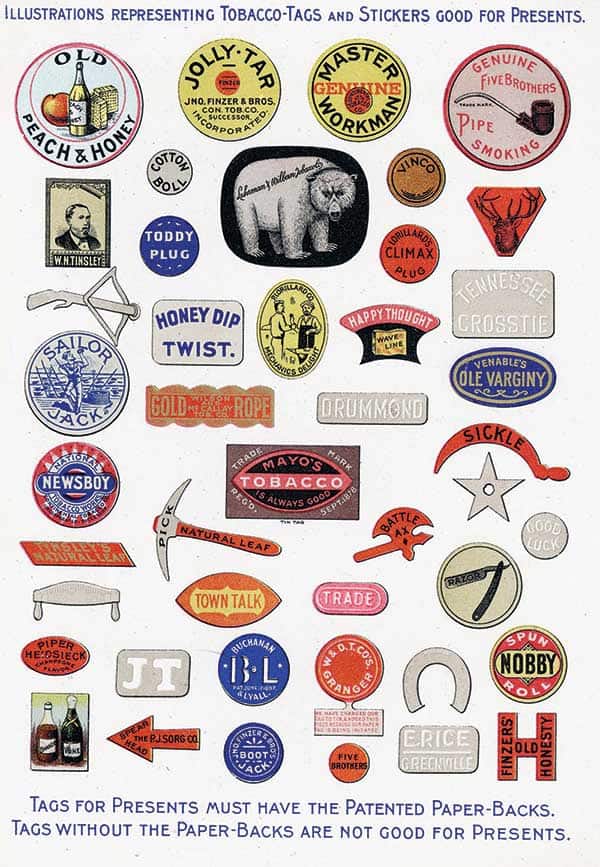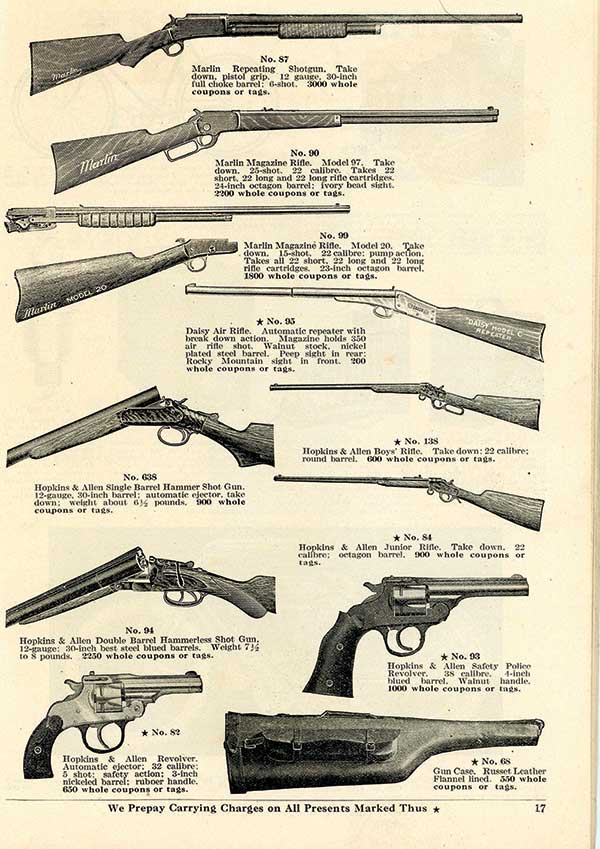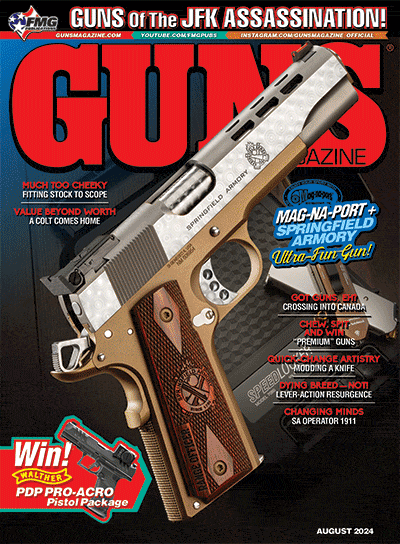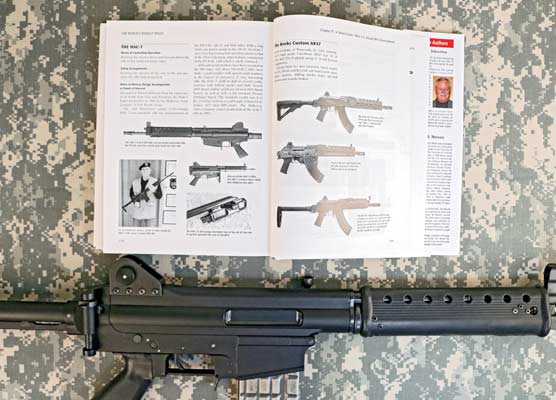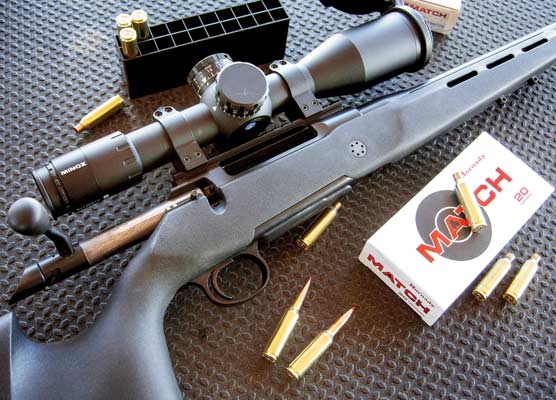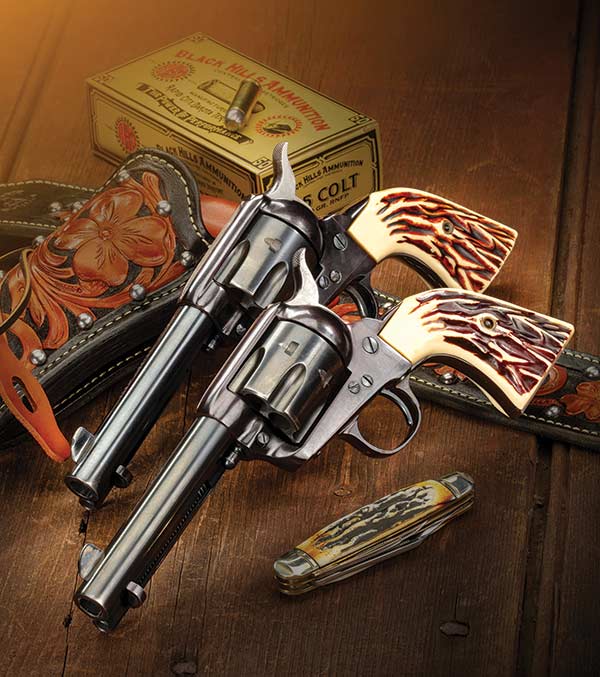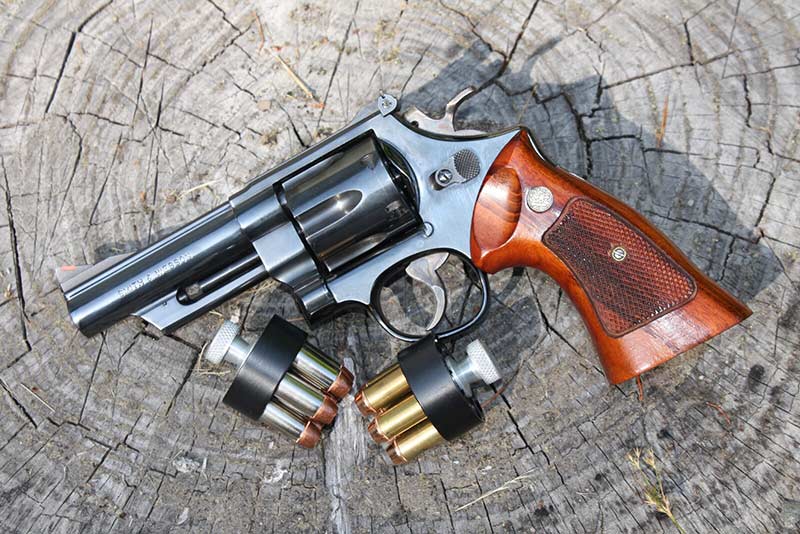Premium Guns
Chew A Chaw, Win A Gun!
When “Premium Guns” are mentioned, most envision a Colt Python, a Ruger Red Label, a Dan Wesson 1911 or a Freedom Arms revolver. To me, it means something different and requires a trip back to just after the American Civil War.
It Starts With A Cup
Today, we don’t think much about it as we swing through the Starbucks drive-thru or pop a pod into our coffee machine. But, in the 1860s, coffee beans were sold green and roasted over a wood or coal fire, a medium impossible to keep regulated and it often resulted in a burnt bean or three, which ruined the pot. Selling factory-roasted beans was not an option as they quickly became stale.
John Arbuckle had a better idea. He devised a way to coat roasted beans with sugar, egg whites, mica and moss to seal the freshness. He then offered the coffee in convenient 1-lb. bags, each with his signature printed on the paper.
Arbuckle Ariosa Coffee was a huge success and was so ingrained in the public’s mind most coffee lovers didn’t realize other brands existed. Perhaps no place was more enthralled with Arbuckle’s coffee than the Arizona territory. Records show the Arbuckle Brothers produced nine out of 10 pounds of coffee sold in Arizona! Beat that, Starbucks!
Arbuckle was a genius at promoting brand loyalty. Each bag of coffee had a stick of hard candy in it, and on round-ups and trail drives, the cook would ask who wanted candy each evening. The cowboys would fight over who got to grind the coffee beans and receive the candy inside.
Arbuckle also placed a studio card in each pack. The cards had various themes ranging from countries of the world, artwork, states of the U.S. to funny cartoons. Some cards had images of beautiful ladies and it doesn’t take much imagination to think these were hidden away in saddlebags to be admired at night on the lonely open range.
Arbuckle’s signature also had value. By carefully cutting out the signature, ranch hands, farmer’s wives, and trading post owners could save them to trade for premiums and they had value enough to pay off accounts at trading posts.
The trading of signatures for goods was so commonplace veteran ranch hands called new green cowboys an “Arbuckle,” insinuating the ranch foreman had ordered the new hand through the premium catalog!
Arbuckle Brothers periodically sent out new catalogs advertising wedding rings, kitchenware, furniture, undergarments, shaving kits — and of course, guns.
Not all Arbuckle premium catalogs list firearms. The one copy I have features a Remington .22 single-shot rifle for 250 signatures. It took 250 lbs. of coffee and $1 postage to procure the gun. Judging from the illustration, it was the Remington Model 6 Rolling Block. Like most premium firearms, it was inexpensive but perfect for hunting small game.
Arbuckle Brothers may have offered other firearms, but as rare as catalogs are, finding other examples is difficult.
You may be wondering why you never have heard of Arbuckle coffee. Two things happened. John Arbuckle died, and other coffee producers turned to vacuum packing. A company in Tucson has picked up the Arbuckle name and logo, but no one alive today can say it has the same bold taste loved by America 150 years ago.
While John Arbuckle pioneered brand loyalty, other companies also saw the value in rewarding product users. One of the biggest was Continental Tobacco, a huge conglomerate of smaller tobacco brands, many of which you would recognize today.
In the late 1800s and early 1900s, chewing tobacco was sold in a “ twist,” a roll of tobacco leaves twisted together almost like a pastry. They were sold in a display praising the brand’s taste, texture and health benefits. But once the display was empty, nothing stopped the shopkeeper from refilling the display using an inferior product. To combat the practice, tobacco companies started jabbing a tin tag into the twist. The tag had the brand emblazed in bright colors, showing the buyer they were getting what they were paying for.
Like Arbuckle’s printed signature, the tags could be saved and traded for prizes. Pipe or other packaged tobacco came with printed paper tags.
In most cases, the Florodora Tag Company took care of the premiums. Unlike Arbuckle, the Floradora Tag Company premium catalog had several firearms listed.
Most are inexpensive revolvers, .22 caliber rifles and shotguns but one stand-out firearm is the Colt Model of 1877, Colt’s first double-action revolver, also known as the Colt Lightning. By the time it was offered as a premium, Colt made more robust double-action revolvers but none had the Lightning’s style.
The M1877 gained a poor reputation because of its intricate and delicate inner workings, but people loved it all the same. Outlaw turned lawyer John Wesley Hardin preferred it, and Pat Garrett — the man who killed Billy the Kid — was given one in tribute for his services as a customs agent.
By 1900, the Colt M1877 was obsolete but for some reason, Colt kept making them and Continental Tobacco started offering them as a premium. At first, the Colt commanded 1,500 tags; not long after, it jumped to 1,800 tags! Envision how many twists, cartons and tins of tobacco it took to trade for one Colt!
The model ordered by Continental Tobacco and Floradora Tag Company was chambered in .38 Colt, blued, and had a 4 ½” barrel. Historians estimate 75% of the Colts made in this configuration between 1900 and 1905 were tobacco premium guns!
Luckily, Colt kept detailed records of when and where their guns shipped. Anyone can contact the Colt Archives to find out the details of their gun. Companies to watch for are Liggett & Myers, Continental Tobacco Company, Floradora Tag Company, RJ Reynolds, Arthur Barnes and Amsterdam Supply Company.
Rarely are the Colt Lightning rifles offered as prizes. The Colt Lightning was a slide-action pump rifle chambered in various calibers and frame sizes ranging from the .22 rimfire to the .50-95 Express. Only the small-frame .22 rimfire models were offered as a premium. They, too, can be lettered by the Colt Archives.
Gun Mags
In the early 1800s, the ability to read and write was limited to those wealthy enough to send their child to a private school. Toward the end of the century, public education became accepted and more citizens learned to read, thereby creating a vast new market in sporting magazines. These periodicals were filled with fishing, hunting, trapping and woodcraft. Stories of bear hunts ran alongside articles about duck hunting, grouse hunting and even deer farming, and sportsmen consumed the inexpensive publications like a raging inferno.
Periodicals offered prizes to anyone, mainly boys, who would sell subscriptions to increase their reader base. The publication would dangle rifles, pistols, fishing gear and other sporting goods like a carrot in front of a plow horse.
I doubt any publication did this as well as The Amateur Sportsman. In October 1898, publisher M. T. Richardson ran a six-page advertisement showing the prizes available and even promised if a specific premium was not mentioned, he would do his best to get it!
The premiums included firearms by SavageSavage, Winchester, Ithaca, Marlin, Colt and Stevens.
For collectors, determining if a gun was given out as a premium is tough because many records have been lost or destroyed over the last 120 years. The two exceptions would be those made by Colt and possibly Smith & Wesson. Both have archives administrated by research organizations to provide the pertinent information.
To collectors, does being proven a premium gun make the firearm more valuable? I have not seen a price bonus but few appreciate the history surrounding the gun. And who can predict the future whims of the collecting market? Premium guns just might be the next hot item at the auction houses!

